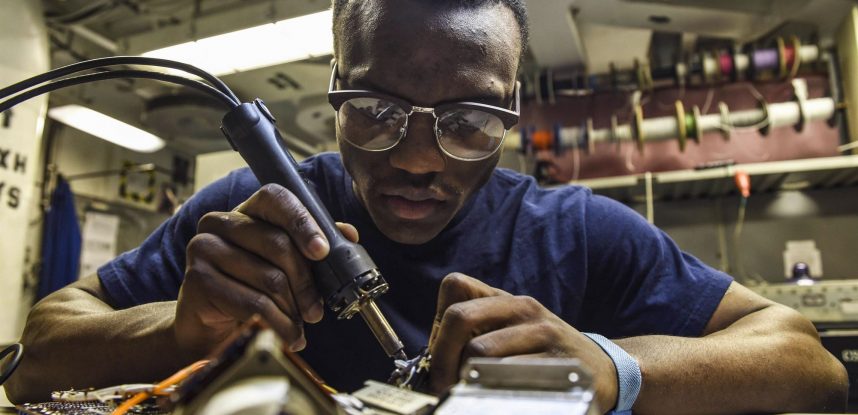Counterfeit Components Hurt More Than Military Applications
When reading the news around counterfeit components, much of the dialogue is driven by the defense industry. When you are dealing with systems that protect our national security and the lives of the people out in the field – you’re not dealing with counterfeits in a bunch of trivial electronics. You’re taking necessary steps to protect the lives of men and women who depend on the systems for their safety. Since 2011 more than 1800 cases of counterfeit components were reported in defense applications, including mission computers operating the THAAD missile system, in the Air Force’s C-27J, in the Navy’s P-8A, and in electromagnetic interference filters on an SH-60B helicopter.
However, the trouble with counterfeits isn’t limited to the defense industry and the military. They’re just currently the ones driving the conversation and legislation such as the 2012 National Defense Authorization Act, Sec. 818.
For example, recently we heard about a case of electronic test and measurement equipment used in telecom and several other industries. The manufacturer had encountered obsolescence on several components, and realized they needed to take action in order to secure their supply. Unaware of the issues involved around counterfeit components and the problems they cause, they did what they would do for any active product: they purchased the obsolete components to ensure a continued build.
Without understanding the issues that come up in a supply chain faced with obsolescence, it was discovered that the parts included: black-topped and renumbered components, that several component packages had die without bonds (see Figure 1) and some cases no die at all. Discovering there was a counterfeit problem, purchasing valid parts, and replacing them with known good parts delayed the project by seven months and increased costs by over $45K for part replacement, rework and testing.
Dealing with legacy is different than dealing with active products. Once you encounter end-of-life (EOL), you can’t always buy what you need directly from the original component manufacturer. The supply chain becomes volatile, and it is impossible to assume the same kind of purchasing practices used early in development aren’t going to lead to high-risk situations down the line – no matter what industry you’re in.
Steve & the GDCA Team




